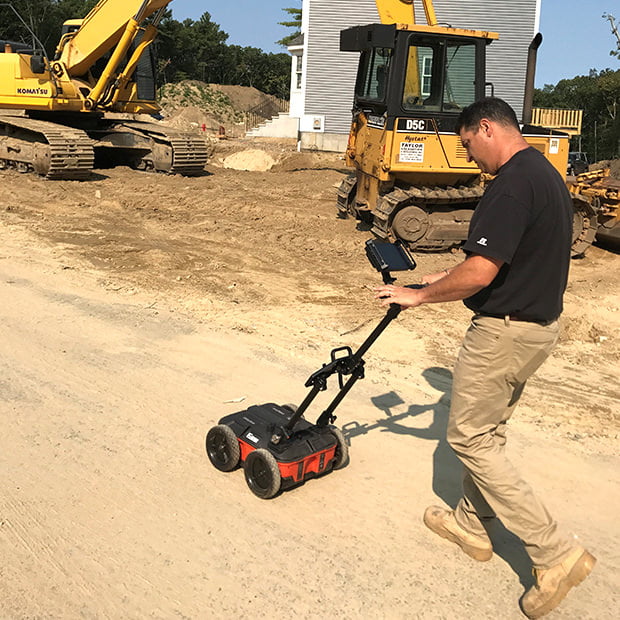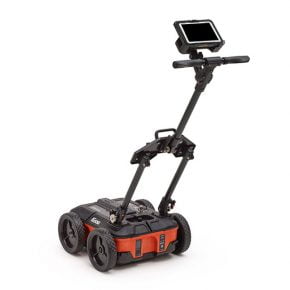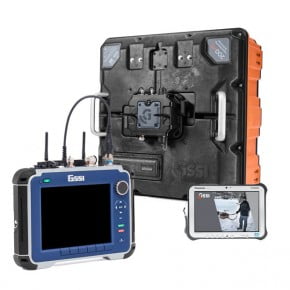Environmental
Environmental
The key to a comprehensive environmental assessment is the subsurface investigation. Ground penetrating radar (GPR) plays an integral part by providing a non-intrusive means of examining the subsurface for environmental hazards such as soil contamination, underground storage tanks and drums. GPR can delineate landfills and pathways for contaminant flow, as well as conduct hydrogeologic investigations such as water table mapping.
Environmental Assessment
- Site Assessment
- Underground Storage Tanks (USTs) and Drums
- Water Table Mapping
Environmental Utility Locating
- Utility Mapping
- Drilling Clearance
- Landfill Delineation










